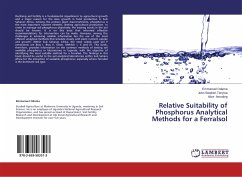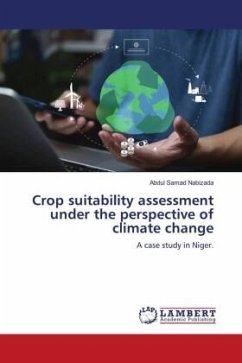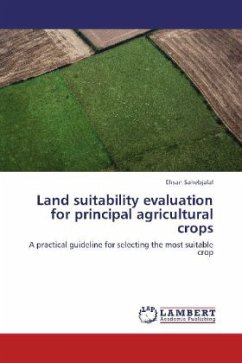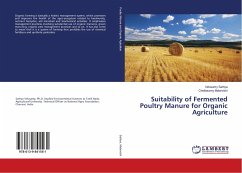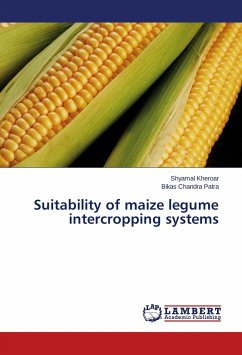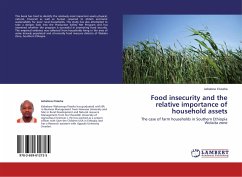Declining soil fertility is a fundamental impediment to agricultural growth and a major reason for the slow growth in food production in Sub Saharan Africa. Among the primary plant macronutrients, phosphorus is the most important nutrient element, limiting agricultural production. In order to manage soil phosphorus objectively, the existing stocks in the soil should be known. It is on this basis that informed effective recommendations for intervention can be made. However, among the challenges in achieving reliable information lies the use of the most efficient analytical methods that simulate closely with plant nutrient uptake and growth. Within Sub Saharan Africa, the most widely used soil P extractants are Bray I, Bray II, Olsen, Mehlich I, II and III. This book, therefore, provides information on the common methods of testing soil available phosphorus in laboratories in Uganda; with the objective of identifying the most suitable method for a Ferralsol. The findings in this book should be useful to the soil analytical laboratories within Sub Sahara Africa for the extraction of available phosphorus; especially where Ferralsol is the dominant soil type.

